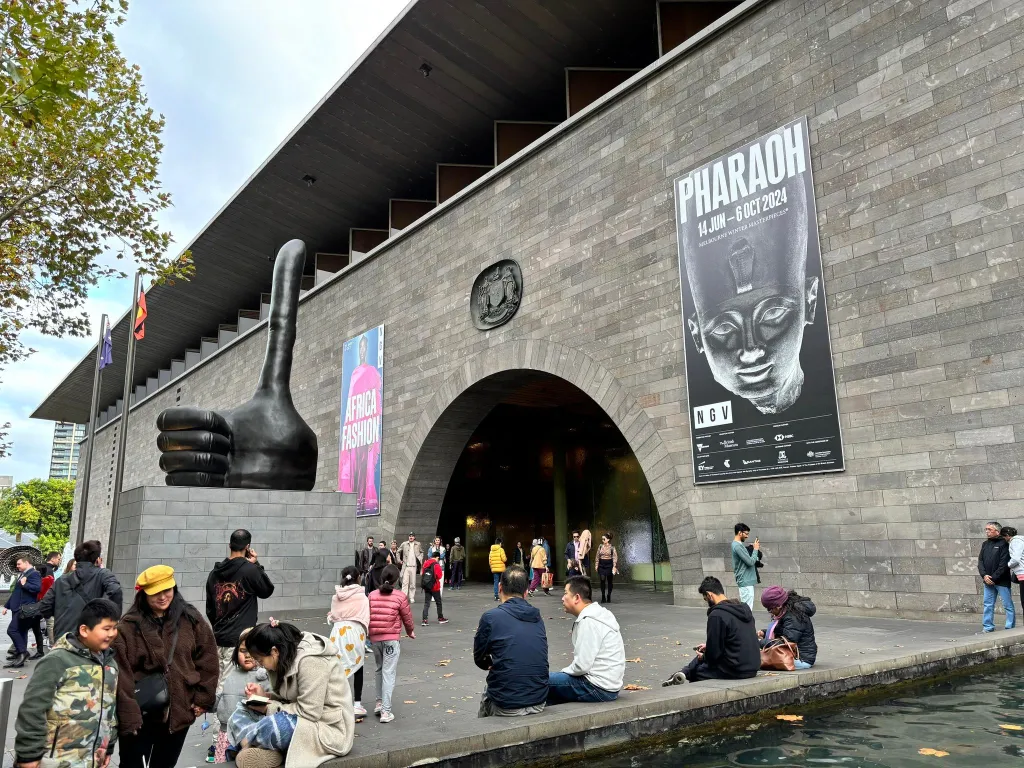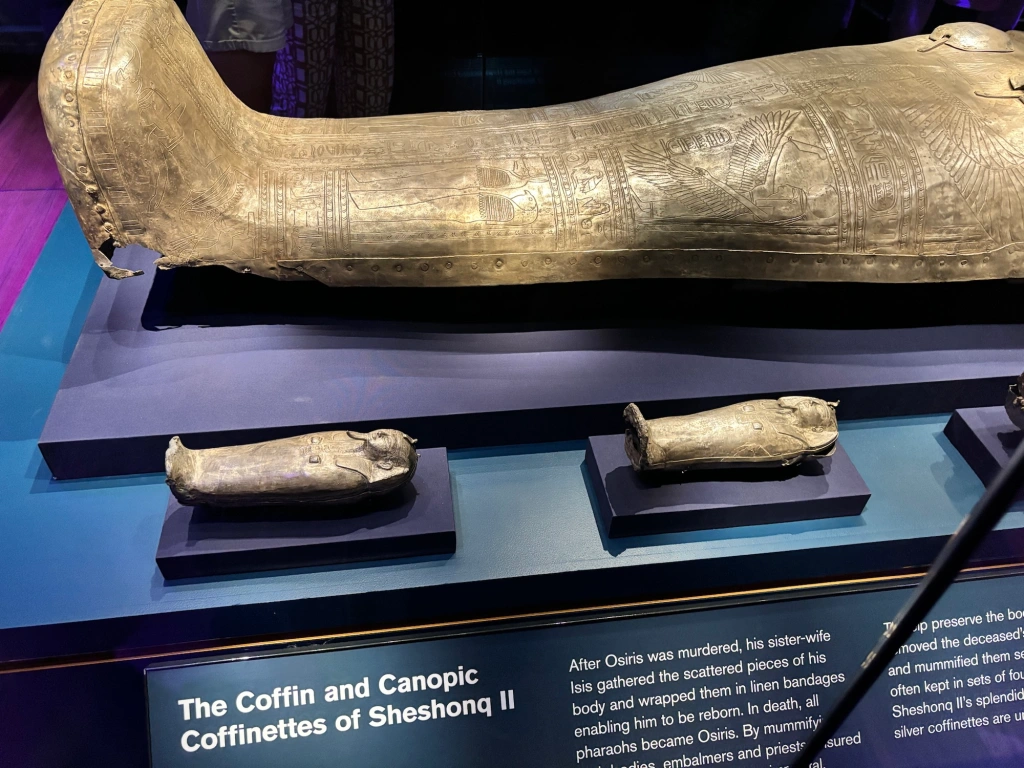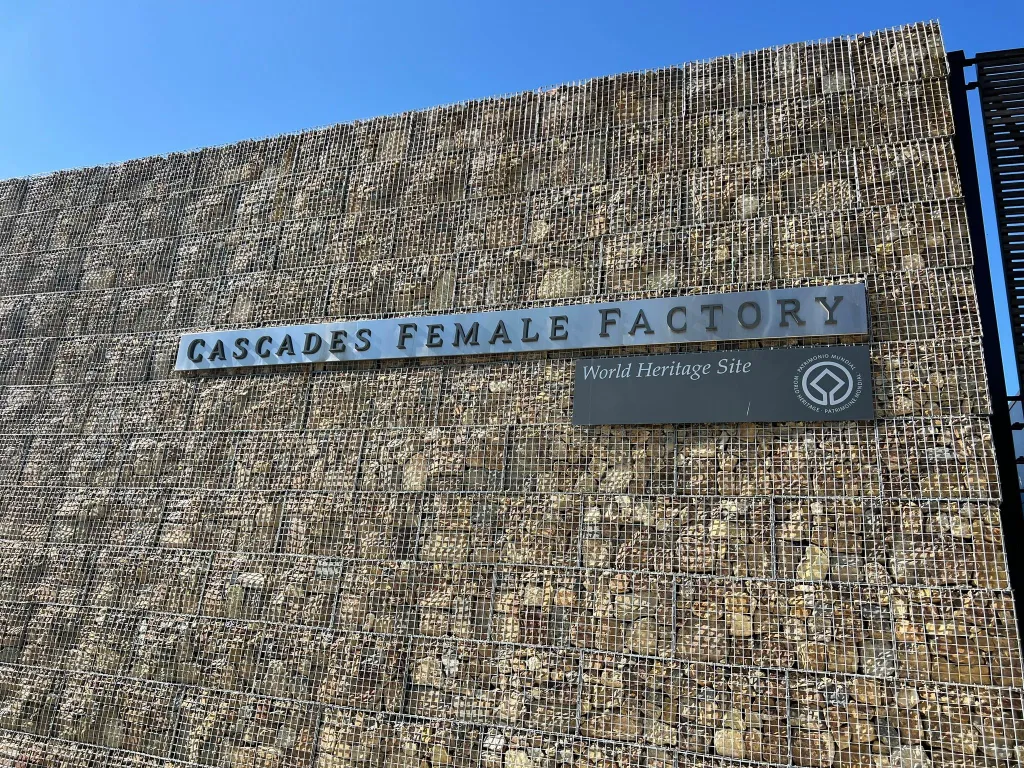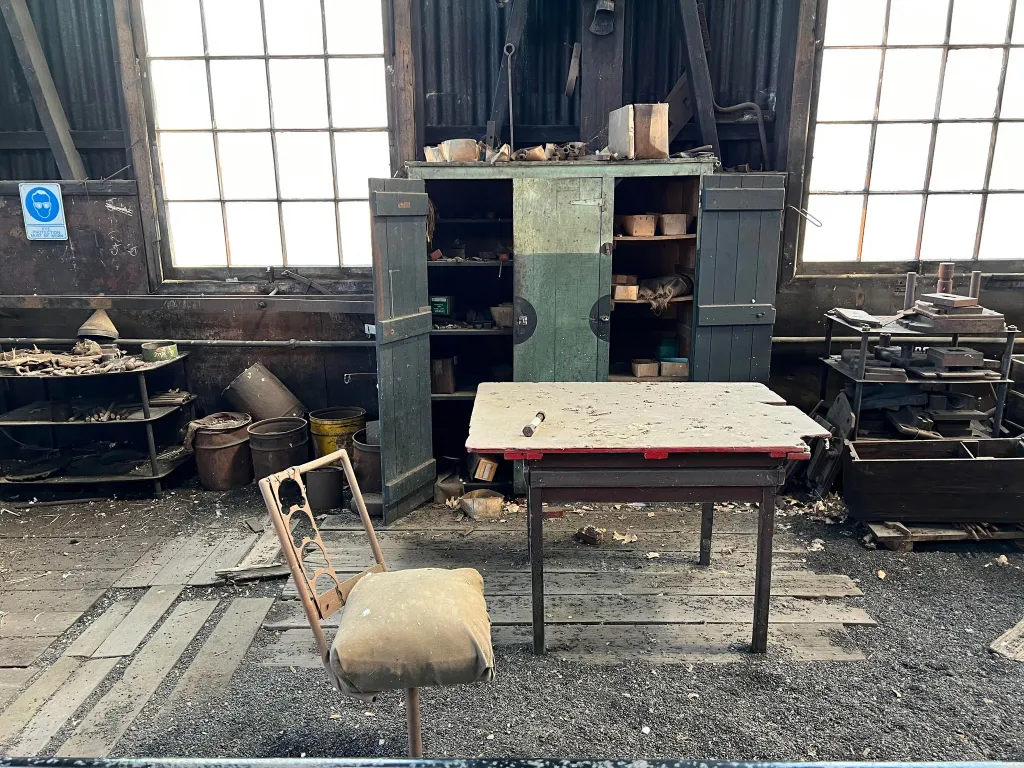A huge thank you to everyone who voted on my Instagram poll ‘should I blog about the heritage-listed Howard Smith Wharves?’ The result was 100% yes, so here we go. For those of you who would like to follow me on Instagram, my username is @curateyourownadventure. Or, you can click the Instagram icon on my home page!
Opening in November last year, the Howard Smith Wharves precinct is a new public place in Brisbane filled with parks, restaurants, function spaces/centres and a hotel. Just so you know my bias in this post, I am completely in favour of transforming heritage places if:
- The heritage is kept intact
- A transforming purpose breathes new life
- It prevents any thoughts or plans of demolition
- It’s appropriate to do so
There is nothing I love seeing more than a heritage place that has evolved and adapted whilst retaining its historical charm. I lied, I do love seeing dogs that have jobs. But, in terms of heritage, this is what I really love to see.
Historical Context
The history of the Howard Smith Wharves stretches all the way back to approximately 1840-1842, when the Moreton Bay Convict Settlement and Penal Colony opened to free settlers. To accommodate the arrival of cargo from shipping companies, wharves and warehouses were built along the Brisbane River. By 1850, there were five wharves in operation spread along the south side of the Brisbane River.
The name Howard Smith belongs to William Howard Smith who established his own shipping company in 1854. From 1880, Smith occupied the Commercial Wharf, moving freight up and down the east coast of Australia. Smith remained at this site until the late 1890s when he moved the company to the Brisbane City Council’s Boundary Street Wharf, downstream from his original location. This is the location where the Howard Smith Wharves are today.
From around 1934 to the early 1940s, the wharf at the end of Boundary Street was demolished, rebuilt/extended and renamed the Brisbane Central Wharves, known more commonly as the Howard Smith Wharves due to his association. In January 1935, the existing facilities occupied by Smith resumed and construction of the new Wharves was undertaken in a way to ensure port activity could continue. In 1936, Smith signed a 21 year lease under the business name of Howard Smith Co. Ltd (previously known as William Howard Smith & Sons Ltd). Out of the five sheds that were planned and built – three remain to this day and are heritage-listed. In 1935, construction also began on Brisbane’s Story Bridge, which sits directly above the Wharves.


In 1940, construction of the Story Bridge finished. Interestingly, during 1941 and 1942, air-raid shelters were built on the Wharves because of the location, right underneath the Bridge. They were never used.
When Smith’s lease expired in the early 1960s, his company moved to better facilities downstream in Hamilton. The Wharves were then used by The Water Police and Queensland Works Department as storage.
The Wharves were basically vacant from the late 1960s to 2018. They are one of the very few historical wharves remaining in Brisbane, and the best preserved! Rather than letting this area deteriorate, it has now been opened as a place in Brisbane, and I quote, to “eat, drink, play and stay”. All of this information has been sourced from the Howard Smith Wharves official website which you can access here. At the bottom of the timeline, there are a couple of links for more information.
Heritage Listing
The museum and heritage nerd within me always loves having a look at why places, objects, etc, are deemed ‘significant’. Here is a summary of the Wharves heritage significance sourced from the Queensland Government website.
Criterion A: The place is important in demonstrating the evolution or pattern of Queensland’s history.
The Wharves are regarded as important when it comes to illustrating the evolution and development of Queensland history. Especially considering they are evidence of the port that was once right in the centre of Brisbane. As there were construction projects undertaken during the Great Depression (1930s), the Wharves also serve as an example of an employment-generating infrastructure building project.
The remaining ‘pillbox’ air-raid shelters are unlike any other known surviving shelters in Brisbane. This adds to the history of how the Story Bridge and Wharves were seen as strategically important locations within Brisbane during the War.
Criterion B: The place demonstrates rare, uncommon or endangered aspects of Queensland’s cultural heritage.
The Wharves are able to demonstrate the characteristics of a 1930s port facility and evidence of a pre-1940 port of Brisbane.
Criterion D: The place is important in demonstrating the principal characteristics of a particular class of cultural places.
Due to the fact that the Wharves have been so well preserved, they can illustrate one of Brisbane’s largest single wharf leases. The sheds and office buildings are all representative of a particular place of business.
Criterion E: The place is important because of its aesthetic significance.
You can really appreciate the amazing views of the Story Bridge and Brisbane River that the Wharves offer. The large exposed rock cliff face is a nice juxtaposition behind the industrial buildings.
Criterion H: The Place has a special association with the life or work of a particular person, group or organisation of importance in Queensland’s history.
Of course, the Wharves are associated with William Howard Smith and his company who were one of Australia’s principal 19th and early 20th century coastal shipping companies.
Howard Smith Wharves Today

It was really interesting to experience the Wharves first before reading their ‘where do we see ourselves in five years’ statement. According to the website, Howard Smith Wharves Nominees plan to own and operate the Wharves well into the future.
Their plan is to ensure there are the following available: activated open spaces, dining, generous landscaping, cultivation, coffee roasting, brewery, bakery, boutique hotels, events/exhibitions, car parking, cycle connections and public security.
It sounds ambitious, but, after experiencing the Wharves for myself, so much of this is already happening, and happening well.
My Experience
I visited on the weekend to have lunch at Felons Brewing Co. Cider and heritage is a sweet mix. I was immediately impressed with the place. The mix of green spaces and re-purposed buildings appears to be well-balanced. There were just as many people outside the restaurants as there were inside, enjoying the green spaces and having picnics.



Within only a few minutes, you can really see how the entire space fits well into Criterion E – the aesthetic significance. Between the Story Bridge and the exposed rock cliff face, you are caught between natural and industrial beauty. I also loved the incredibly tall lift that takes people from the top of the cliff to the precinct, and vice versa.





In terms of maintaining its heritage whilst simultaneously evolving, I really think this is an amazing example in Brisbane. I am most definitely looking forward to returning to the Wharves and trying all the restaurants (good food always wins in my books) as well as seeing how it develops over time.
I’d be very interested in hearing what people have to think about these kinds of projects. Do you agree with my sentiments? Do you think that re-purposing heritage might not be the best idea? Have you visited a heritage place that has been re-purposed and it just hasn’t worked? Comment below if you’d like to share!








Leave a comment